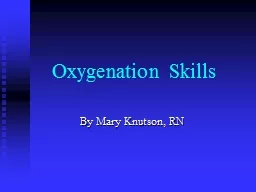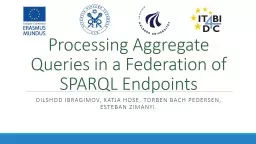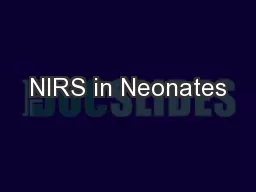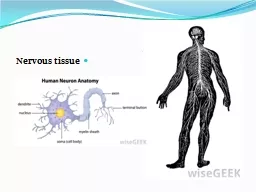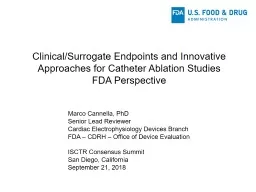PPT-Endpoints in Tissue Oxygenation
Author : bethany | Published Date : 2023-11-15
Barbara McLean MN RN CCNSBC NPBC CCRN FCCM Clinical Specialist Critical Care Grady Hospital ATL GA wwwbarbaramcleancom bamcleanmindspringcom Grady Hospital Atlanta
Presentation Embed Code
Download Presentation
Download Presentation The PPT/PDF document "Endpoints in Tissue Oxygenation" is the property of its rightful owner. Permission is granted to download and print the materials on this website for personal, non-commercial use only, and to display it on your personal computer provided you do not modify the materials and that you retain all copyright notices contained in the materials. By downloading content from our website, you accept the terms of this agreement.
Endpoints in Tissue Oxygenation: Transcript
Download Rules Of Document
"Endpoints in Tissue Oxygenation"The content belongs to its owner. You may download and print it for personal use, without modification, and keep all copyright notices. By downloading, you agree to these terms.
Related Documents


